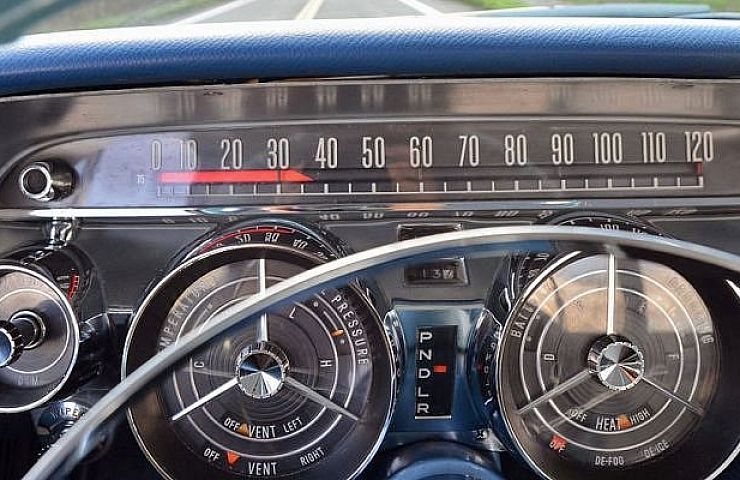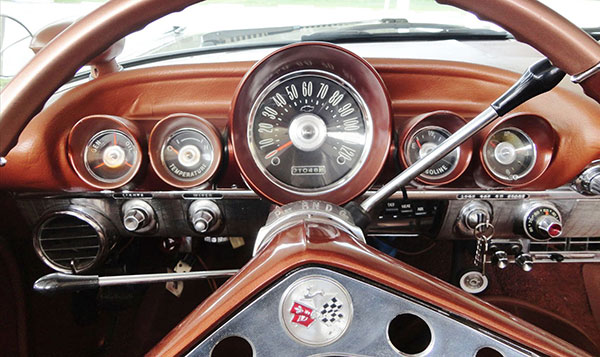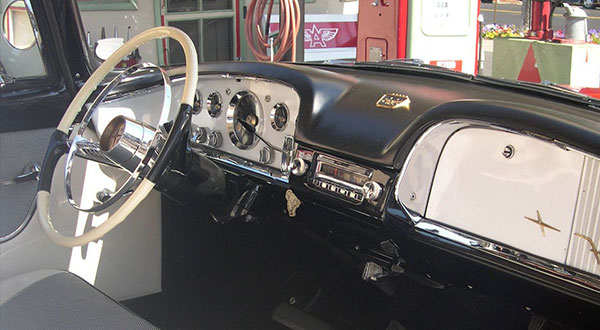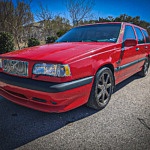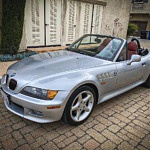As a car-loving kid growing up in the 1950s and 1960s, my favorite time of year came in late October or early November. That’s when all the domestic manufacturers unveiled their new models.
It was an era when wholesale and dramatic annual design upgrades took place. In the weeks leading up to the splashy Hollywood-style debuts, my buddies and I would ride our bikes to the nearest dealerships to catch a sneak preview of the new cars hidden on the back lots.
It was one thing to admire the stylistic exterior sheet metal and trim, but we had to wait a few more days before the cars were moved to the showroom so we could climb inside and pour over all the buttons and gauges on the revamped dashboard.
Today, unless you’re the owner of, say, a 1955 DeSoto, you probably aren’t dazzled by your car’s dashboard.
Going Too Far
Unfortunately, modern dashboard design is not far removed from the looks of the computer monitor I’m using to write this article. Instead of big chrome gauge bezels, slide-switches, pull-knobs, and push buttons, we now control most of our car’s functions using a touchscreen.
I’m still captivated with vintage dashboards. The late 1950s space-age themes were as prevalent inside the cars as they were outside. Some Chrysler products featured sweeping speedometers and a full complement of analog gauges housed within a big plastic dome. For a few years, several General Motors brands had a horizontal speedometer bar that changed from green to yellow to red as the car’s speed increased. There was a chrome button or toggle switch for just about everything.
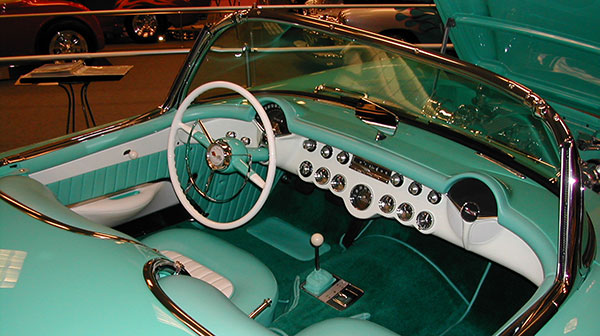
The original Corvette’s “twin-hump” design inspired a similar style found on the 1955-56 Chevy lineup.
Of course, occupant safety wasn’t a big issue back then. Airbags, crush zones, and soft-touch knobs weren’t part of our vocabulary. Interior designers had few restraints.
Preston Tucker was an early pioneer of occupant safety with the design of his ill-fated 1948 automobile. The car featured a padded dashboard, instruments located within the diameter and reach of the steering wheel, a roof roll bar, and a laminated windshield designed to pop-out during an accident.
In 1956, Ford addressed the safety issue by including padded dashboards and visors, deep-dish steering wheels, double-grip door locks and optional seat belts. Buyers, however, were still putting styling way ahead of safety.

Great design extended into the1960s, such as this 1963 Thunderbird layout. Note the popular “Swing-Away” steering column.
As the 1950s wound down, Detroit design became even more outlandish as manufacturers worked tirelessly to out-do each other. The jet age was in bloom, and the race to the moon was just beginning. Dashboard design reflected those trends. Like an aircraft pilot, drivers wished to be in “full command” of their machine—and the designers responded accordingly.
In the ensuing decades, technology continued to enhance our lives, but also encroach upon all kinds of spaces where good old-fashioned analog design had delighted our senses and served us well—including those wonderful dashboard designs on classic cars.

